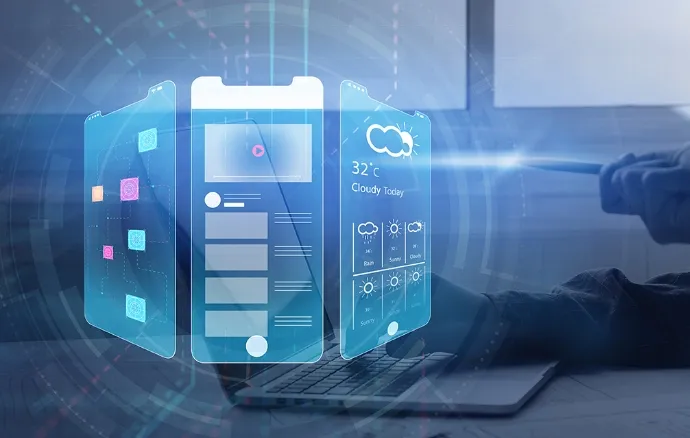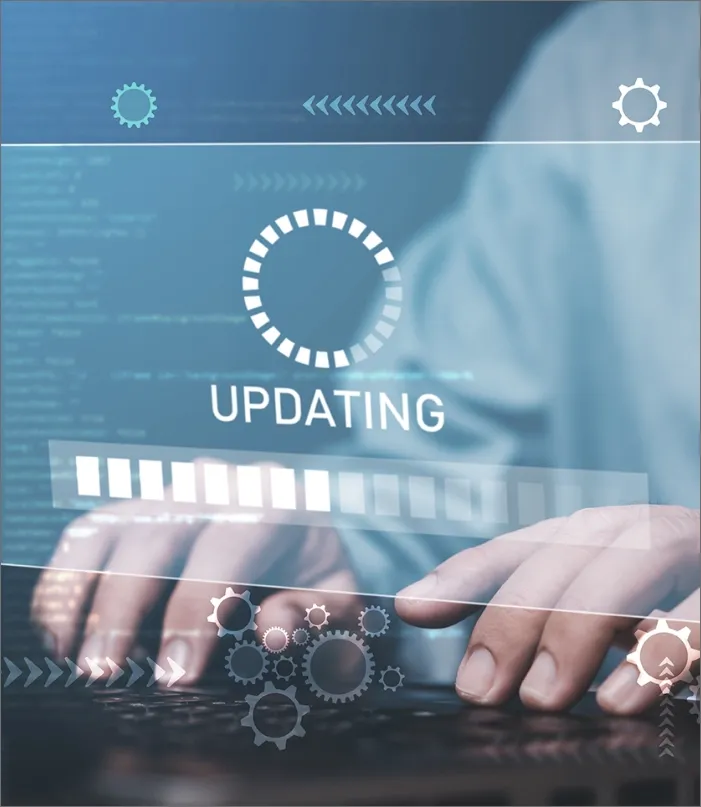Technology Process
At Trinergy, we believe in a thorough development process significantly impact our product quality. We abide by our distinct development process from planning to deployment, unwavering in our commitment to provide the top-tier products.
Discover Phase
We begin by accurately gather detailed requirements and gain critical insights. This comprehensive understanding ensures that our solutions are precisely aligned with our clients' needs and pave the way for innovative and efficient software development.

Understand requirements
Understanding and gathering requirements from stakeholders, users, and clients.
System Design
Creating a high-level system architecture and database structure design based on the requirements gathered.
Deciding the technology stacks
Selecting the appropriate technology stack involves choosing programming languages, frameworks, libraries, and tools that best fit the project's requirements and constraints.
Planning
In planning phase, we have detailed technical planning, resource allocation, and risk assessment to ensure all potential challenges are identified and mitigated. By carefully planning every aspect of the project, we ensuring we are aligned with our clients' goals and delivering high-quality solutions on time.

Understanding UI/UX Requirements:
Project managers facilitate communication between the technical team and the creative/UI/UX team to ensure alignment with project goals and timelines.
Technical Considerations:
Developers provide technical insights regarding the implementation of various design elements, ensuring that the chosen designs are practical and feasible within the development scope.
Wireframing and Prototyping:
The creative/UI/UX team creates wireframes, which are skeletal outlines of the software's interface, outlining its structure and components. Developers review wireframes to ensure technical feasibility and compatibility with the planned software architecture.
Development Phase

With deep understanding and detailed plans, our developers start bring the plans to life. They leverage industry best practices and stringent security protocols ensuring the software meets predefined benchmarks for reliability and security. We conduct regular progress reviews and testing to ensure quality and adherence to project specifications.
Testing Phase
Our quality assurance (QA) team conducts a series of thorough tests, including unit testing, integration testing, system testing, and user acceptance testing. We identify and resolve any bugs or issues, ensuring the software operates seamlessly across various environments and scenarios.

Unit Testing
Developers write unit tests using tools like xUnit (for .net), pytest (for Python), or Jest (for JavaScript) to test individual units or components.
Integration Testing
QA engineers verify interactions between integrated components to ensure they function together as expected.
System Testing
Testing the entire system to evaluate its compliance with specified requirements and overall functionality.
User Acceptance Testing (UAT)
Testing the entire system to evaluate its compliance with specified requirements and overall functionality.
Performance Testing
Tools like Jmeter will be used for load testing and measuring performance of web applications and services.
Deployment Phase
We transition the developed software to a live environment. Our team carefully plans and executes the rollout, coordinating with the client to ensure everything goes smoothly. We perform final testing to ensures a seamless deployment with minimal disruption, delivering a fully operational solution.
Maintenance Phase
The maintenance phase begins after the deployment of the software and involves activities aimed at ensuring the longevity, usability, and value of the software. It aims to sustain the software's performance, address issues promptly, adapt to changing requirements, and enhance its capabilities to meet user needs effectively.

Key Aspects of the Maintenance Phase:
Monitoring and Support
Continuous monitoring of the software's performance, stability, and user feedback. Providing technical support to address user queries, troubleshoot issues, and offer guidance on software usage.
Bug Fixing and Issue Resolution
Identifying and resolving bugs, errors, or unexpected behavior reported by users or detected through monitoring tools.
Software Updates and Patches
Releasing updates, patches, or bug fixes to address identified issues and improve software performance.
Documentation and Knowledge Transfer:
Updating documentation to reflect changes, new features, or modifications made during the maintenance phase. Ensuring knowledge transfer within the development team or to new team members.
Our Other Approaches
At the core of our agency, we firmly believe that well-defined structures, processes and methodologies are the foundation to consistent excellence.


